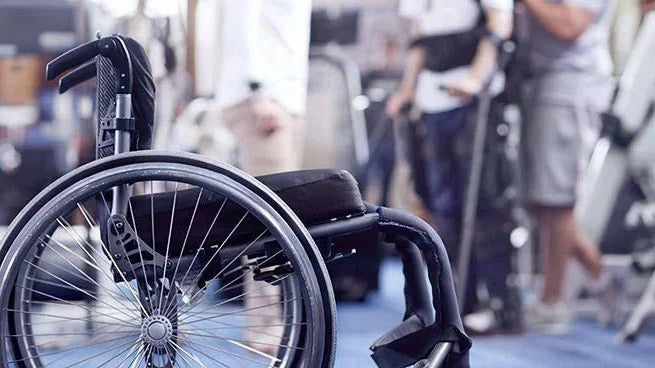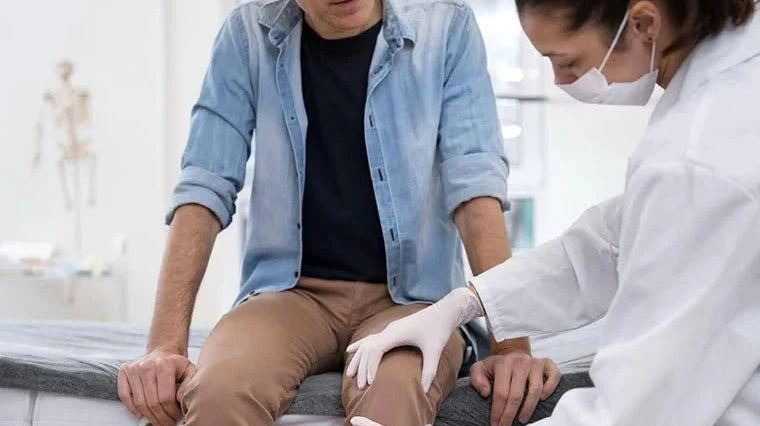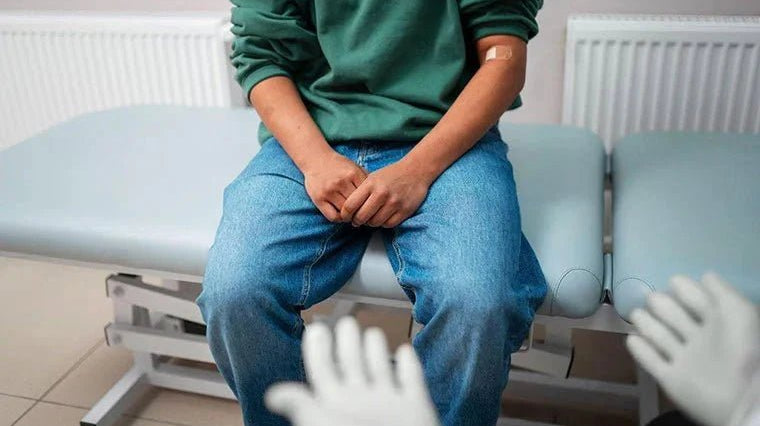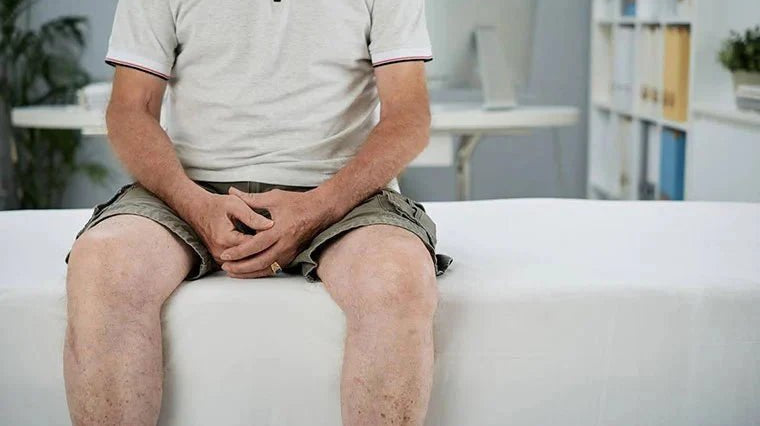News
Pharmacological Approaches to Treating Urge Incontinence
Urinary incontinence is the involuntary leakage of urine—meaning you leak urine even when you don’t want to. There are several types of urinary incontinence, but the most common are urge incontinence, stress incontinence, and overflow incontinence. Some people may even experience symptoms of more than one type, known as mixed incontinence.
Drug Resistant UTI's in Spinal Cord Injuries
A spinal cord injury (SCI) occurs when the spinal cord—the nerve highway between the brain and body—is damaged, often leading to lasting problems with movement, sensation, and organ control below the injury.
Identifying Risk Factors for Urinary Retention and Infections After Hip or Knee Replacement
Hip and knee replacements are among the most common orthopedic surgeries in aging male populations, with over 62,000 procedures performed annually in Canada alone—a number that has more than doubled in the past decade. While these surgeries significantly improve mobility and quality of life, they are not without risk. One frequently overlooked but clinically important complication is postoperative urinary retention (POUR), particularly in male patients. In a large study of over 1,000 patients undergoing elective hip or knee arthroplasty, the 24-hour incidence of POUR reached 43.3%, with male sex increasing the risk nearly fourfold. Factors such as spinal anesthesia and intrathecal morphine further contribute to this elevated risk.
Management of Post-Prostatectomy Urinary Incontinence Preferable to Surgery?
Prostate cancer is the most common cancer in elderly men, and radical prostatectomy is a widely used treatment for clinically localized prostate cancer. While many men experience temporary urinary function issues after surgery, most recover over one to two years. However, a significant number of patients face persistent urinary incontinence, severely impacting their quality of life. This ongoing condition leads to a range of challenges, including physical, emotional, social, and occupational difficulties, as well as significant hygiene concerns. Furthermore, urinary incontinence imposes substantial costs on both patients and healthcare systems.
How Do Doctors Test for Urinary Incontinence in Men?
Urinary incontinence (UI) is a significant health issue affecting men, with prevalence increasing with age. Studies estimate that UI affects 11% of men aged 60–64, rising to 31% in older age groups. The condition stems from mechanisms such as overactive bladder (urge UI) and poor urethral sphincter function (stress UI), leading to variable risk factors and treatment strategies.
Frailty-Associated Urinary Tract Infections (FAUTIs)
Frailty syndrome is a clinical condition often associated with aging, characterized by a decline in physical activity, increased vulnerability, and a higher likelihood...
Understanding Mybertriq: A Comprehensive Look at its Role in Treating Bladder Spasms
Overactive bladder syndrome (OAB) impacts millions worldwide, bringing symptoms like sudden urges, bladder spasms, and incontinence that can disrupt daily life and affect physical, emotional, and social well-being.
Understanding and Managing Adult Acquired Buried Penis: A Comprehensive Guide
Adult Acquired Buried Penis (AABP) is a condition where the penis becomes concealed within the surrounding skin and fat, developing over time rather than from birth. It can lead to both physical and psychological challenges for those affected.








